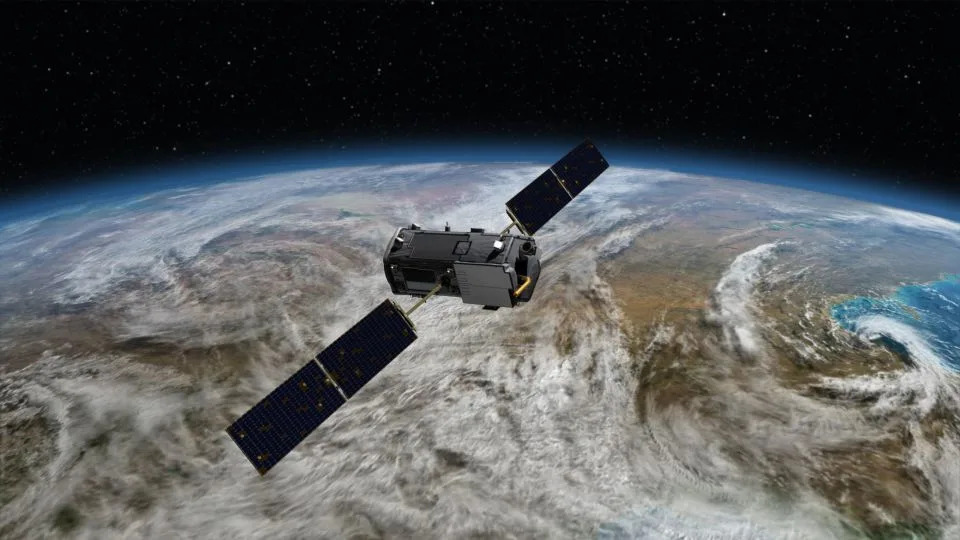
NASA is planning to decommission premier satellite missions that gather information on planet-warming pollution and other climate vital signs beginning as soon as October, sources inside and outside of the agency told CNN.
The destruction of the satellites — which will be abandoned and allowed to eventually burn up in a fiery descent into Earth’s atmosphere — marks the latest step by the Trump administration to scale back federal climate science.
President Donald Trump’s budget proposal takes a hatchet to NASA’s Earth science spending for fiscal year 2026, which begins in October.
The greenhouse gas monitoring missions, known collectively as the Orbiting Carbon Observatory, are some of the many Earth science casualties in the proposal.
Other satellites and instruments on the chopping block include the long-lived Aqua satellite, which carries a high-resolution Earth imaging instrument called MODIS, that among other uses, helps detect wildfires worldwide. Also at risk are the Terra and Aura missions, each of which have climate science applications, and planned satellites that would precisely measure solar radiation, heavy precipitation and clouds.
While the Trump administration says it is looking to end the OCO and other missions to cut costs, scientists involved in the projects see an anti-climate science pattern at work.

Congress is still considering Trump’s budget request and may reject some, or all, of the Earth science cuts, but NASA is proceeding as if the White House spending blueprint will be implemented as-written.
David Crisp, a former NASA scientist who worked on the OCO missions and managed them until he retired in 2022, confirmed the decommissioning planning for OCO-2 and OCO-3. Other sources, including one NASA employee, also confirmed this plan, speaking on condition of anonymity because they weren’t approved to discuss the issue.
NASA calls a mission’s closeout phase — the period when the program team works out how to end it — “Phase F.” The Phase F state of planning for the OCO missions was first reported by NPR.
In response to questions from CNN, a NASA spokesperson pointed to Trump’s budget request. “It would not be appropriate for us to comment at this time as the budget process is still happening. Should the budget pass as proposed — it still needs to make its way through Congress — this will be implemented upon the start of the next fiscal year.”
An expensive decision with global impact
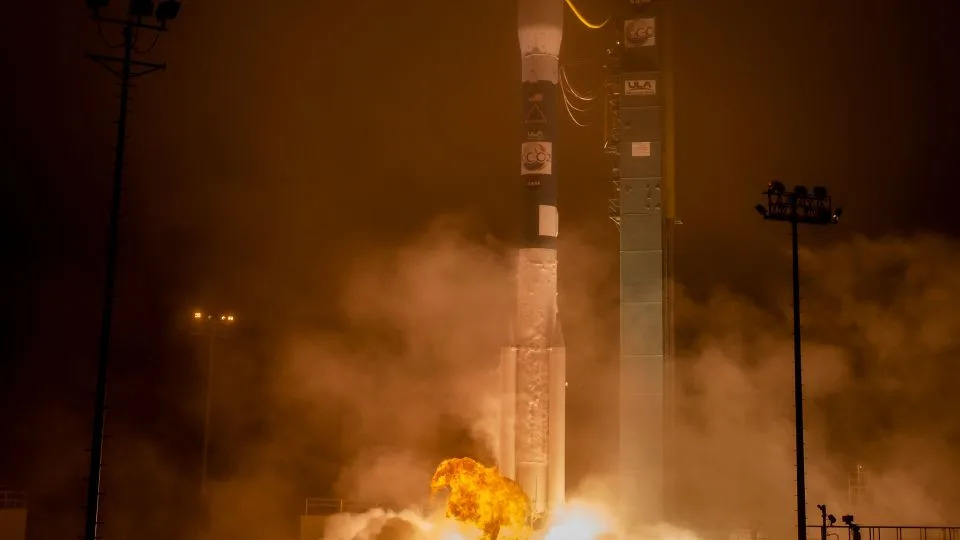
Together, the OCO-2, a freestanding satellite, and OCO-3, which is mounted on the International Space Station, measure the composition of the Earth’s atmosphere, specifically sniffing out climate pollution.
The OCO missions are particularly useful for tracking fossil fuel and ecosystem-related emissions, scientists told CNN. The instruments also help scientists monitor plant productivity — critical for farmers and the researchers studying forest loss.
While OCO-3 could be switched off and remain attached to the ISS, perhaps to be turned on again in the future, the decommissioning process for OCO-2 is far more complicated — and fiery. The satellite would be moved into a much lower orbit and exist there as space junk for years until it burns up in the Earth’s atmosphere.
The purposeful abandonment or destruction of multimillion-dollar satellites and instruments is essentially unprecedented, scientists told CNN. They are particularly baffled by the decision to destroy OCO-2, given it already has enough fuel on it to last through 2040.
The OCO missions are still functioning and are thought to have many years left of data-gathering, in addition to the fuel onboard, which has already been bought by American taxpayers. It is not business as usual to shut off working satellites without conducting a comprehensive review, sources told CNN, nor is it typical to kill functional spacecraft that can cost billions to put into space in the first place.
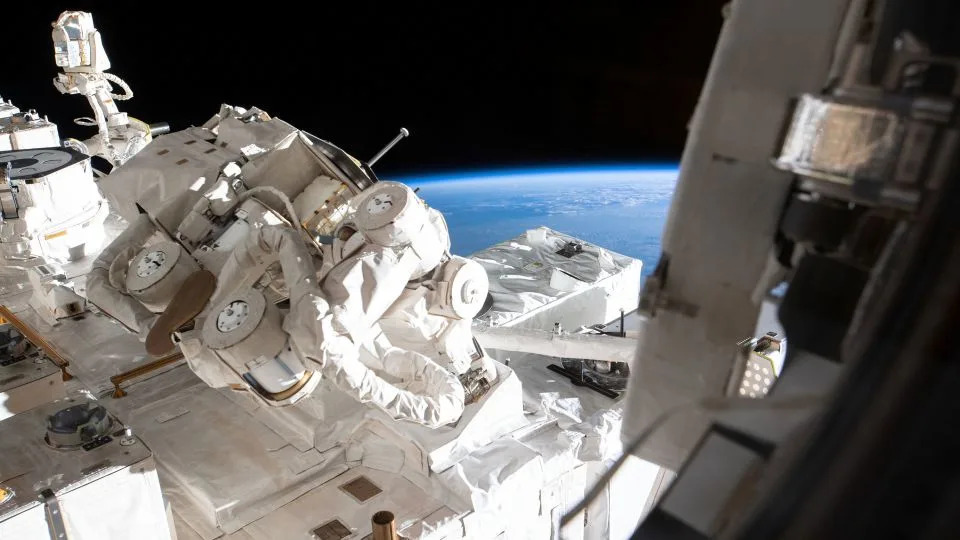
“The reality is that as long as these instruments are producing high-quality data, it’s essentially unheard of to decommission the satellites, because keeping them going is so cheap compared to building them and launching them in the first place,” Anna Michalak, a climate researcher at Carnegie Science and Stanford University who works with greenhouse gas emissions data, told CNN.
The OCO missions are important for other countries, too, since they also use the data, Michalak said: “It’s not just that these are the only two NASA-funded missions. It’s that these have been the most impactful missions in this space, globally, period.”
Losing the OCO missions would hurt US leadership in climate science and create a multiyear gap in space-based climate pollution measurements, said Ben Poulter of Spark Climate Solutions, a nonprofit focused on climate risks and innovative fixes. Poulter was previously a NASA scientist and helped lead greenhouse gas monitoring efforts for the Biden administration.
“Losing these satellites prematurely gives away the leadership to Europe and to China in terms of monitoring CO2 concentrations and emissions,” Poulter said. Prematurely ending the OCO missions is consistent with the perception that the Trump administration “doesn’t want to do anything related to climate science and climate services,” he added.
Crisp, the former NASA scientist, also told CNN that decommissioning so many Earth science missions at the same time fits a pattern.
“My guess is that they perceive these missions as missions that were designed for climate, for reinforcing climate hysteria or something,” Crisp said of the Trump administration. “They think these missions were designed for a regulatory reason, for example. But I want to point out NASA is not a regulatory agency.”
Billionaires to the rescue?
There are at least two possibilities for saving the carbon observatory mission, though researchers are not optimistic about either one coming to fruition.
The first is Congress. Lawmakers could reject Trump’s proposal and offer NASA the budget it needs to maintain US climate and Earth science status quo. Trump would also have to sign such a bill.
The second possibility is to create a public-private partnership that pays the expenses for maintaining these instruments and processing the data back on Earth. This could take the form of a philanthropic organization, a wealthy individual or perhaps a university taking over OCO-2 or OCO-3, or perhaps both, for a period of time.
The space agency has already issued a call for partnerships for OCO-3, and it is expected to put out a similar call for operating OCO-2 at some point this week, multiple researchers who work with OCO data said.
“There’s this scramble to see what can be done before any sort of decommissioning or Phase F protocols go into effect later this year,” Poulter said.
However, involving the private sector in operating OCO or other Earth-observing satellites can present complications, Michalak said, as it could diminish NASA’s role in providing an accurate backbone of Earth observations.
As the search for a partnership to save OCO-2 and OCO-3 begins, NASA only has less than two months to figure out how to keep the missions going.
For more CNN news and newsletters create an account at CNN.com
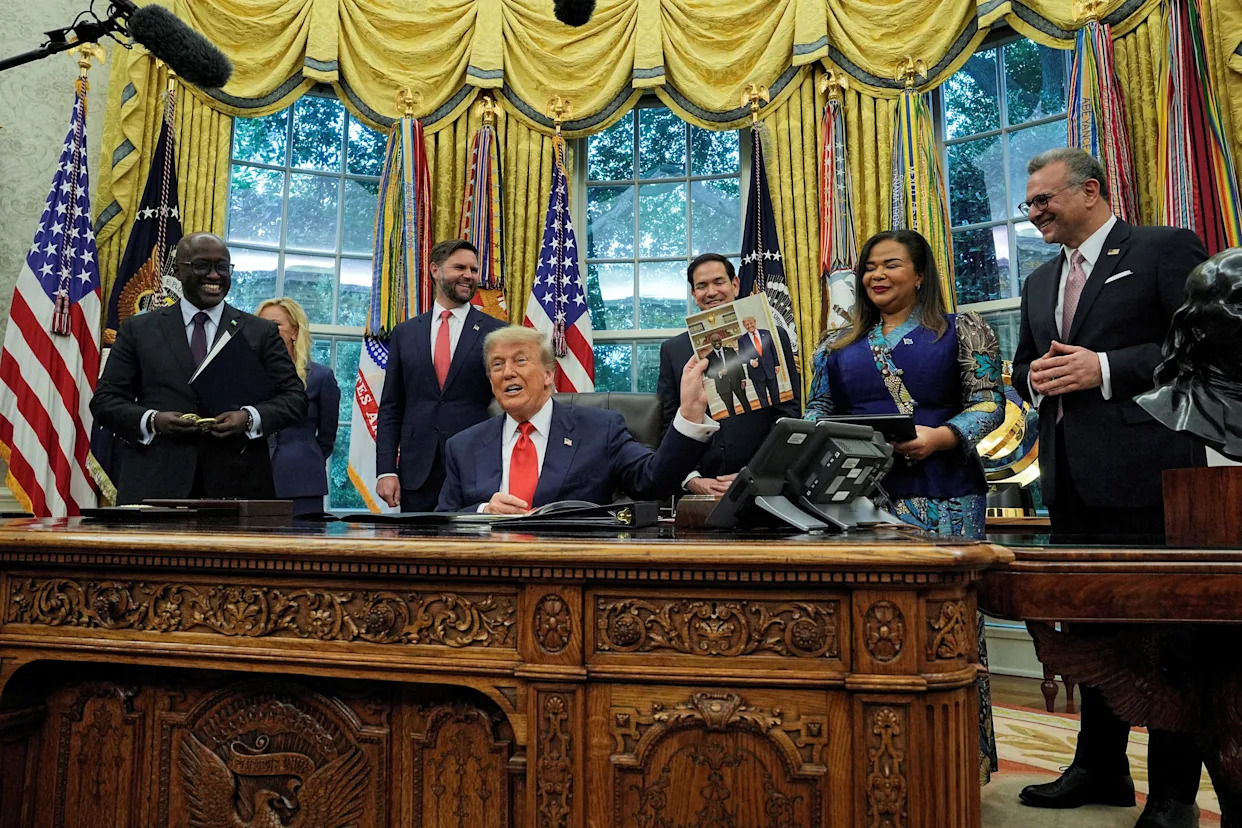

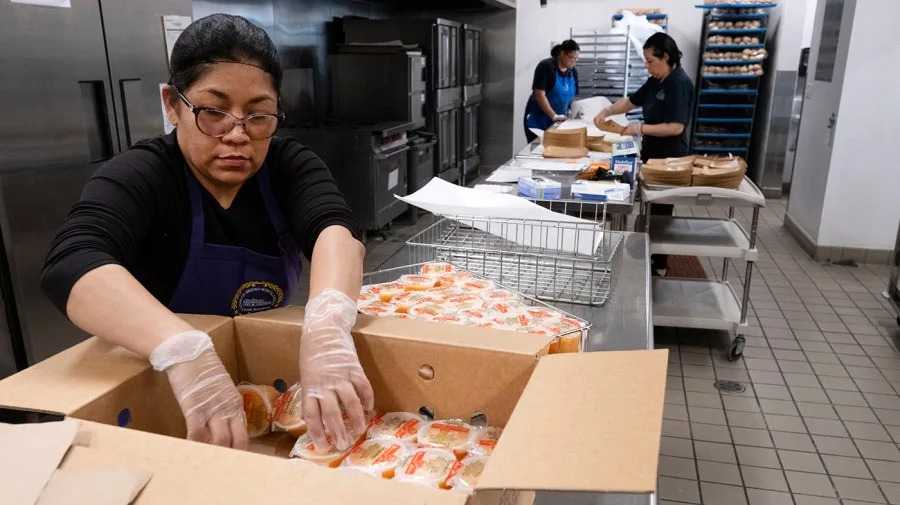

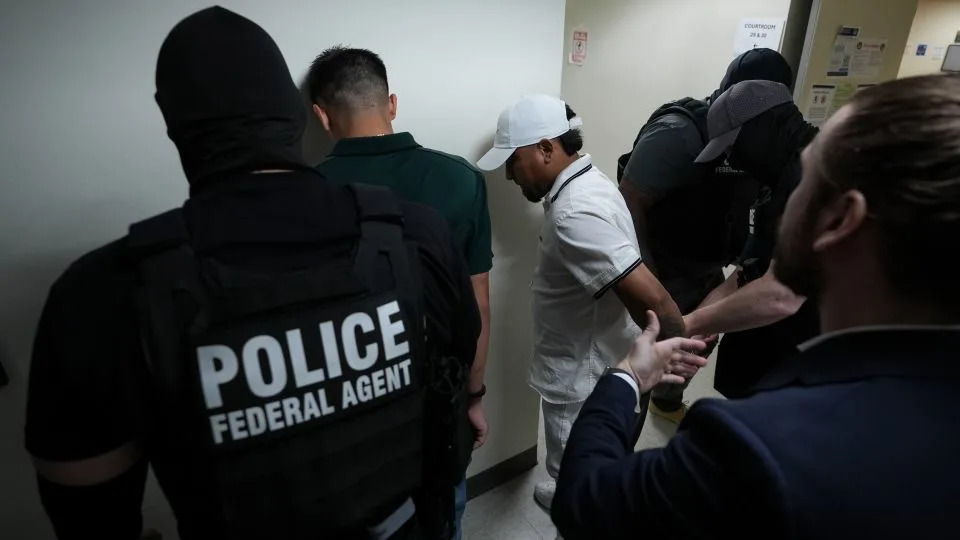
Comments